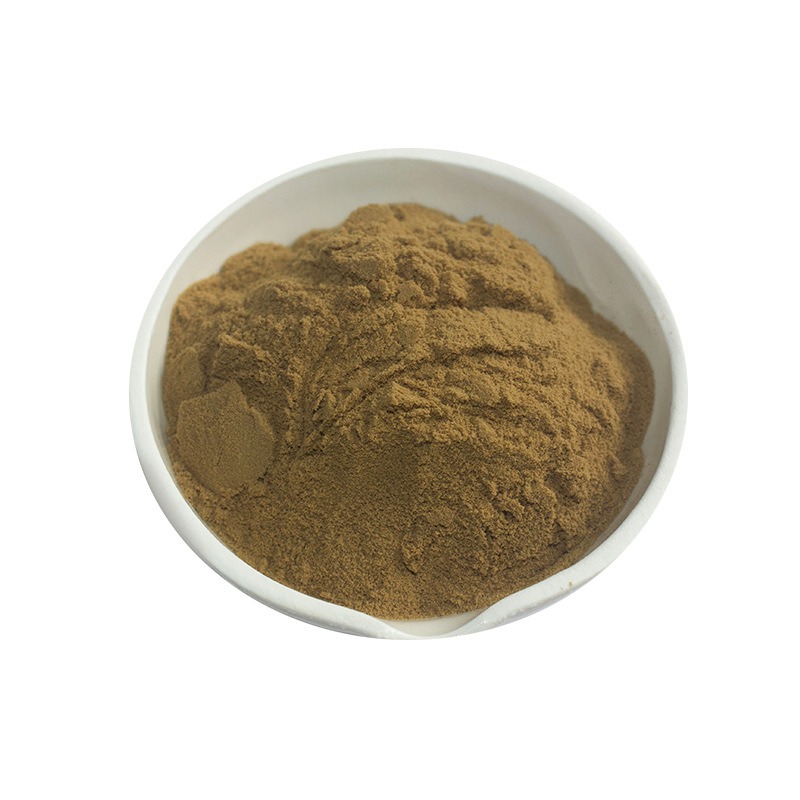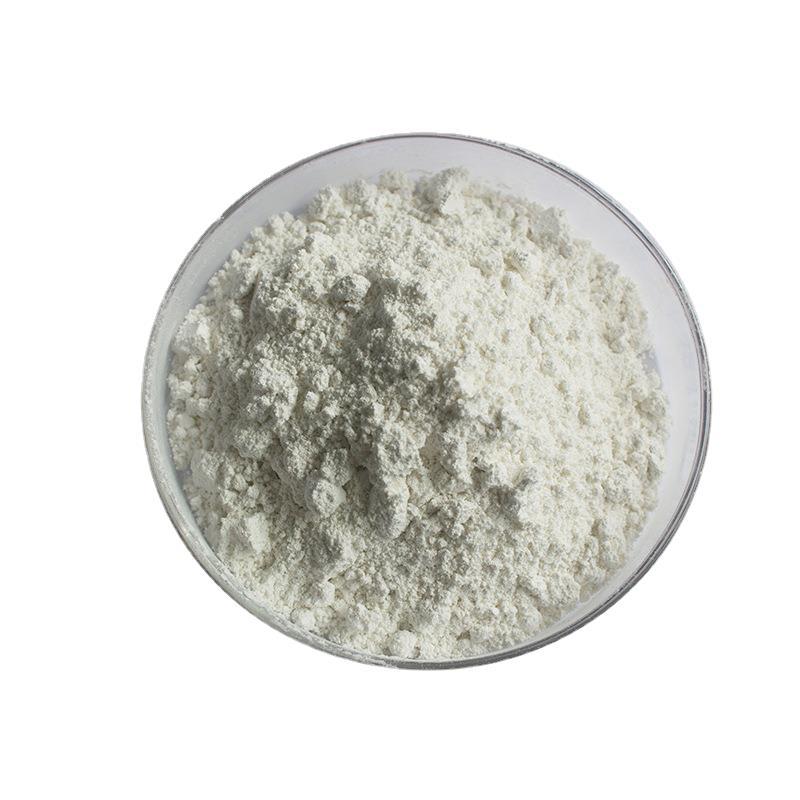General Details
Product name: Centella Asiatica Extract
Plant latin name: Centella asiatica
Product specifications:
Madecassic acid 80%、85%,
Madecassoside 10%、20%、90%、95%,
Centelloside 10%、40%、90%、95%
Asiatic acid 90%
Centella asiatica extract is a rich source of natural bioactive substances, triterpenoid saponins, flavonoids, phenolic acids, triterpenic steroids, amino acids, and sugars. It is mostly used clinically to treat traumatic injuries, skin diseases, etc.
The main active ingredients in Centella asiatica extract that can be used in cosmetics are asiatic acid, madecassic acid, asiaticoside, and madecassoside. Madecassoside is a triterpenoid saponin compound of Centella asiatica and one of the active ingredients with the highest proportion.
Health Benefits
Antibacterial
Centella asiatica extract contains asiatic acid and madecassic acid. These active saponins acidify the cytoplasm in plant cells. This antibacterial activity can protect the plant itself from the invasion of mold and yeast. Experiments have shown that Centella asiatica extract has a certain inhibitory effect on Pseudomonas aeruginosa, Staphylococcus aureus, and Propionibacterium acnes.
Anti-inflammatory
Centella asiatica total glycosides have obvious anti-inflammatory effects: reducing the production of pro-inflammatory mediators (L-1, MMP-1), improving and repairing the skin’s barrier function, thereby preventing and correcting skin immune dysfunction.
Healing wounds and scars
This effect of Centella asiatica is widely used in clinical treatment of dermatology.
Centelloside and Madecassoside are the effective ingredients of Centella asiatica in treating burn wounds. They can promote collagen synthesis and new blood vessel formation in the body, stimulate granulation growth, and other important functions, so they are beneficial to wound healing.
At the same time, Centelloside has a proliferative effect on epidermal keratinocytes and vascular endothelial cells, and an inhibitory effect on fibroblasts, thereby promoting granulation tissue formation in the early stage of wound healing, and inhibiting scar formation in the late stage of wound healing.
Finally, Centelloside has the effect of promoting KGF-2mRNA synthesis in vascular endothelial cells at a certain concentration, thereby exerting the role of KGF-2 in promoting keratinocyte proliferation, differentiation, chemotaxis, wound healing, and indirectly promoting granulation tissue formation, forming a virtuous cycle of wound healing.
Anti-aging
Centella asiatica extract can promote the synthesis of collagen I and III and also promote the secretion of mucopolysaccharides (such as the synthesis of sodium hyaluronate), increase the water retention of the skin, activate and renew skin cells, soothe, lift, and make the skin shiny.
On the other hand, through DNA sequencing test research, it was found that Centella asiatica extract also has the effect of activating fibroblast genes, which can enhance the vitality of skin basal cells, maintain skin elasticity and firmness, and smooth fine facial wrinkles. Some studies have shown that the combination of 0.1% Madecassoside and 5% vitamin C can effectively improve skin aging.
Antioxidant
Centelloside, Asiatic acid, and Madecassic acid all have significant antioxidant activity. Animal experiment results show that Centelloside can induce significant increases in local antioxidant levels of superoxide dismutase, glutathione, catalase, and other antioxidants in the early stage of wound healing. increased, and reduced the level of lipid peroxides in the wound by 7 times.
In addition, Centelloside is also a good inhibitor of apoptosis induction. By reducing the concentration of oxygen free radicals in tissue cells, Centelloside has a significant biological effect on tissue cells caused by apoptosis-inducing radicals.
Whitening
Centelloside can inhibit tyrosinase activity in a dose-dependent manner. The inhibition rate of 4μg/ml Centelloside on tyrosinase is 4%. The effect of Centelloside cream in treating pigmentation is significantly better than that of hydroquinone cream, and the incidence of adverse reactions is significantly lower than that of the latter, but the onset time is slightly slower than that of the latter.
Related Articles


